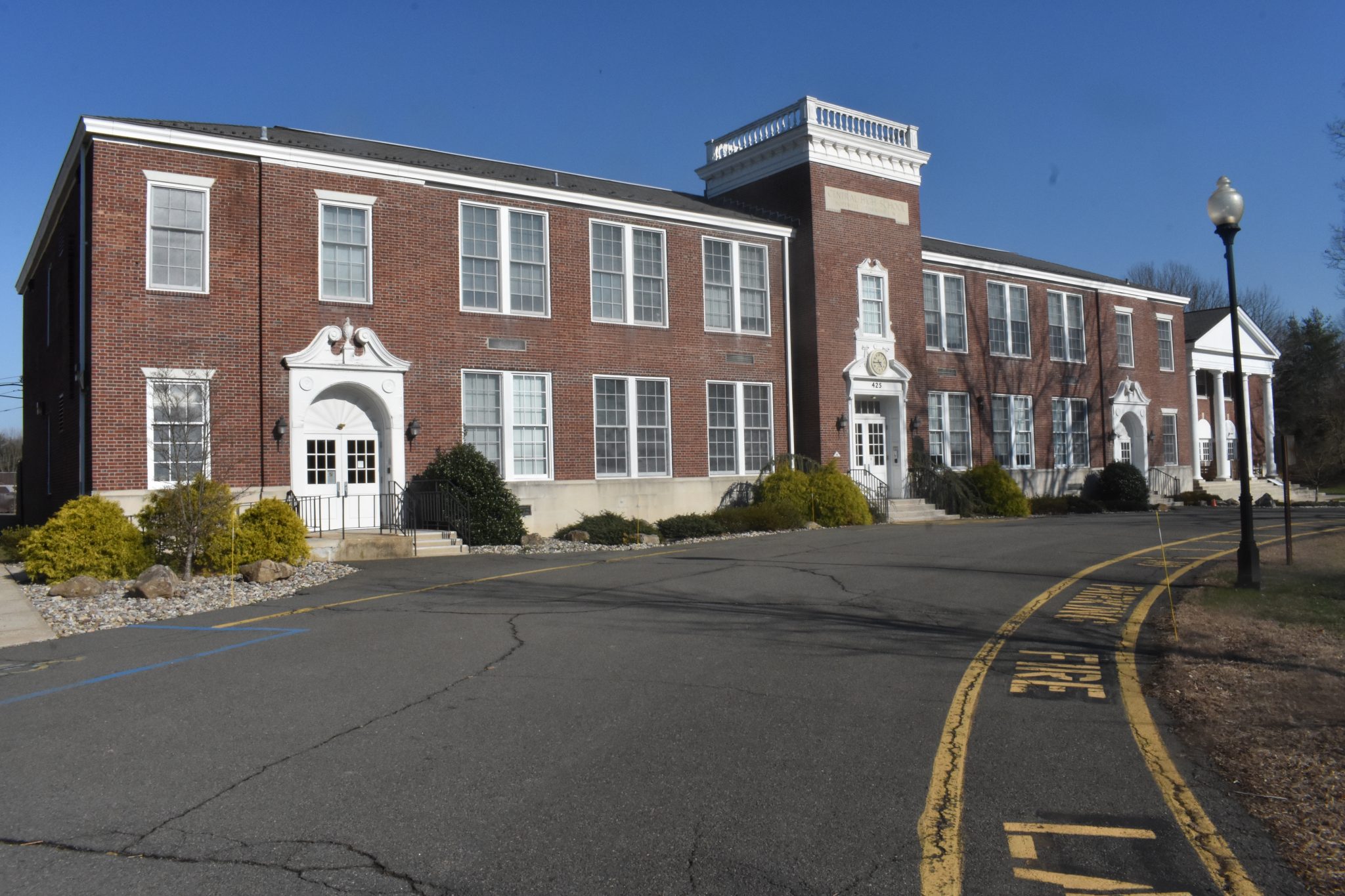Small percentage of Black and Hispanic student are not graduation ready, according to the NJGPA
Data from the New Jersey Graduation Proficiency Assessment (NJGPA) has highlighted that Hopewell Valley high school juniors who identify as Black or Hispanic have a higher percentage of not being graduation ready than other ethnicities.
The NJGPA percentages are higher with the small number of Hopewell Valley Central High School (HVCHS) junior students for both ethnicities. There are six Black students and 16 Hispanic students, according to a school district presentation.
“… [These numbers] are so small that I can’t believe we can’t target these students to fix this,” said Rosetta Treece, Hopewell Valley Regional Schools Superintendent. “We have to continue to do our work to make sure we are culturally responsive and make sure we are not creating the barriers that keep this going.”
She noted that Latino and Latinx students, and Black and African American students have always underperformed in the district and that nationally they are underperforming.
“This why it is so important to do the culturally responsive teaching work, because I know no one at this table believes that anyone is genetically predisposed to this,” Treece said. “This is something we have to get a handle on. This validates why this work is so important.”
The New Jersey Department of Education (NJDOE) states that the NJGPA is given to juniors to take for the purpose of meeting the state graduation assessment requirement.
The NJGPA has an English Language Arts (ELA) and mathematics component.
The Hopewell Valley juniors were given the assessment in the spring of the 2022-23 school year.
By race, the assessment’s graduation readiness for mathematics showed that the six students who identified as Black were 50% graduation ready and 50% not ready and the 12 Hispanic/Latino students were 75% graduation ready and four or 25% were not.
For Asians, 97% or 36 students were graduation ready and one or 2.7% was not; for two or more races, 82% or 14 students were ready and three or 17.6% are not; and for white, 82.6% or 147 students were ready and 31 or 17.4% are not.
“As you can see there are smaller representations of certain ethnicities, therefore influencing the performance percentage rates,” said Vicky Pilitsis, HVRSD Director of Curriculum and Instruction. “We are taking a closer look at some of the underrepresented students to help support them more in the classroom with assessment strategies.”
For ELA, NJGPA showed that the six students who identified as Black were 50% graduation ready and 50% not ready and the 12 Hispanic/Latino students were 75% graduation ready and four or 25% were not.
For Asians, 97% or 36 students were graduation ready and one or 2.7% was not; for two or more races, 94% or 16 students were ready and one or 6% were not; and for white, 89% or 158 students were ready and 20 or 11.2% are not.
“So again, similar to the math scores there are smaller representations of ethnicities influencing the percentage rates,” Pilitsis said. “We will be doing a deeper dive into where the standards are and curriculum alignment assessment strategies of those types of things.”
Overall, the percentages for readiness performance for mathematics and ELA were high.
For the Class of 2024 and beyond there is a passing score of 725 for the NJGPA standardized assessment, according to Pilitsis at a board meeting on Aug. 21.
This assessment score was lowered from pre-COVID.
“The NJGPA is a graduation requirement, however if students sit for the assessment and don’t pass, they can move onto the second pathway, which is receiving certain cut scores the DOE has put in place for other assessments like the PSATs, Accuplacer, SATs and ACTs,” she said.
“If for some reason those students don’t have those cut scores, then there is a third alternative pathway, which is a portfolio. Given these varied pathways, we will make sure all of students reach the requirement through one of them.”
In overall readiness performance for mathematics, 83.5% of juniors at the time of the assessment were graduation ready compared to the state’s 55%.
“This is the only data we have to compare to the state,” Pilitsis said. “The rest of it will just be district data, so I have no means of barometer for comparing it to any other districts or any state data.”
“So overall our average score was 761, where the average score was 734 by the state. So, 84% of our students are graduation ready compared to 55% of the state, so overall we did very well in comparison.”
In ELA, the overall performance district juniors were 88.6% graduation ready compared to the state’s 80.5%.
“The average score for the state was 765, while ours was 779. Overall, our district is at an 88% readiness,” Pilitsis added.

